Originally posted by harctan
View Post



 However it is all based
However it is all based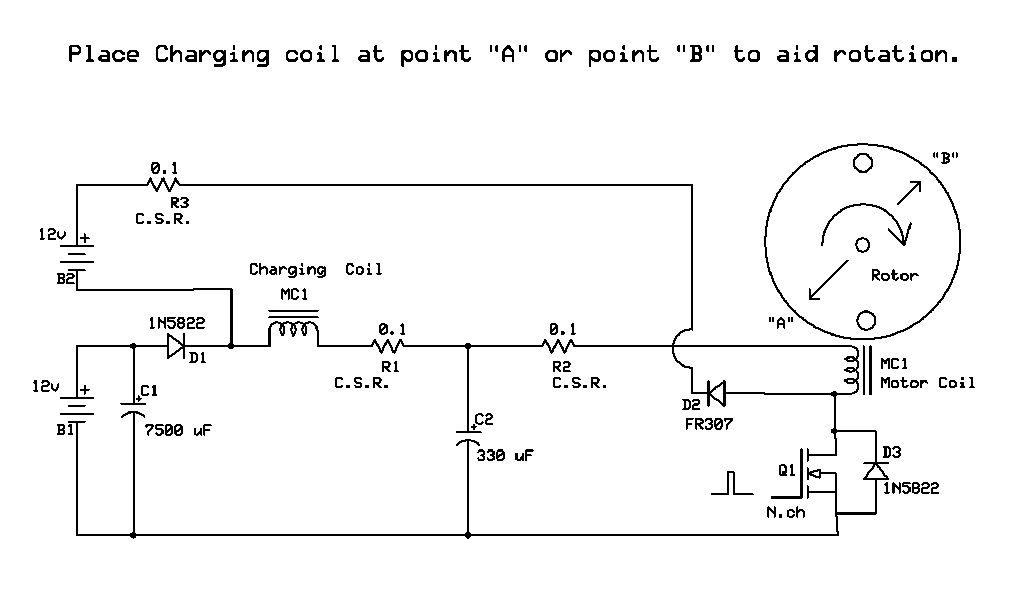
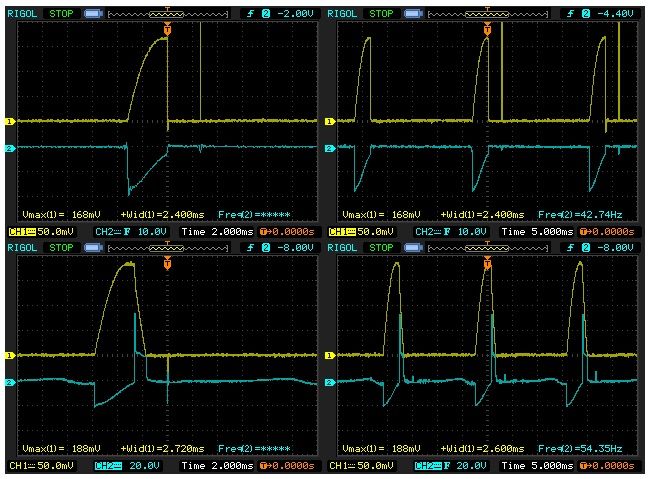


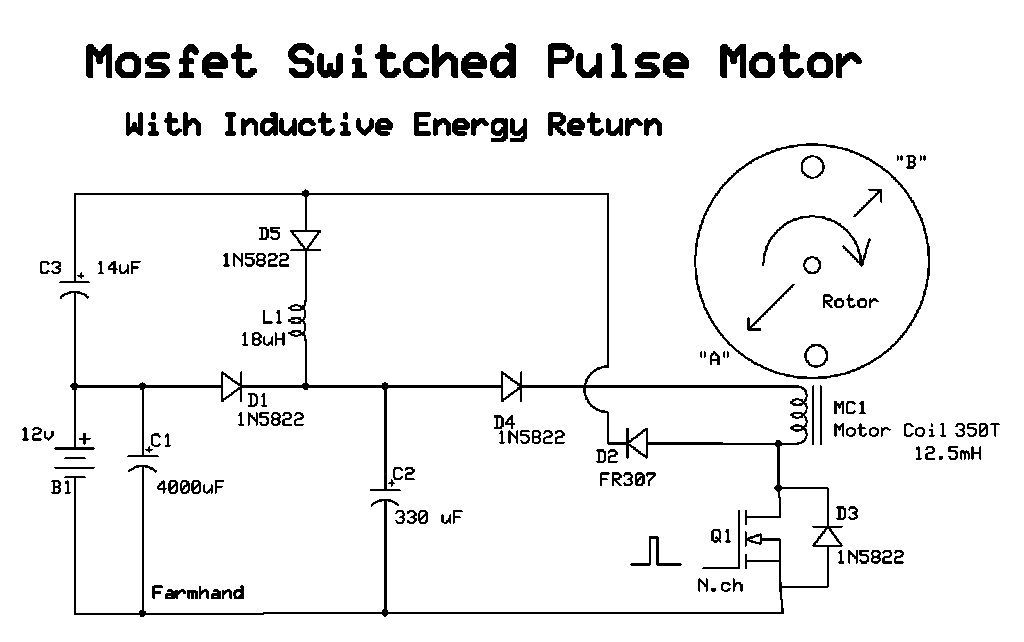
 The beauty of it is that it can still
The beauty of it is that it can still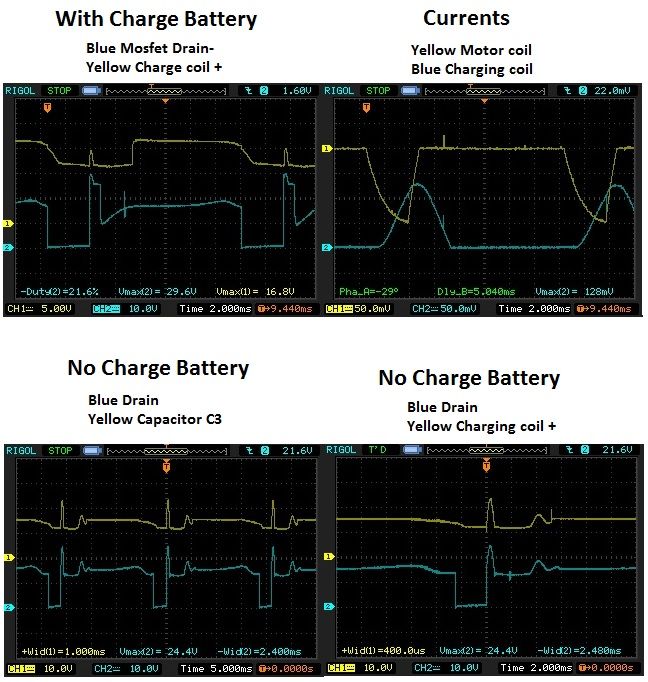

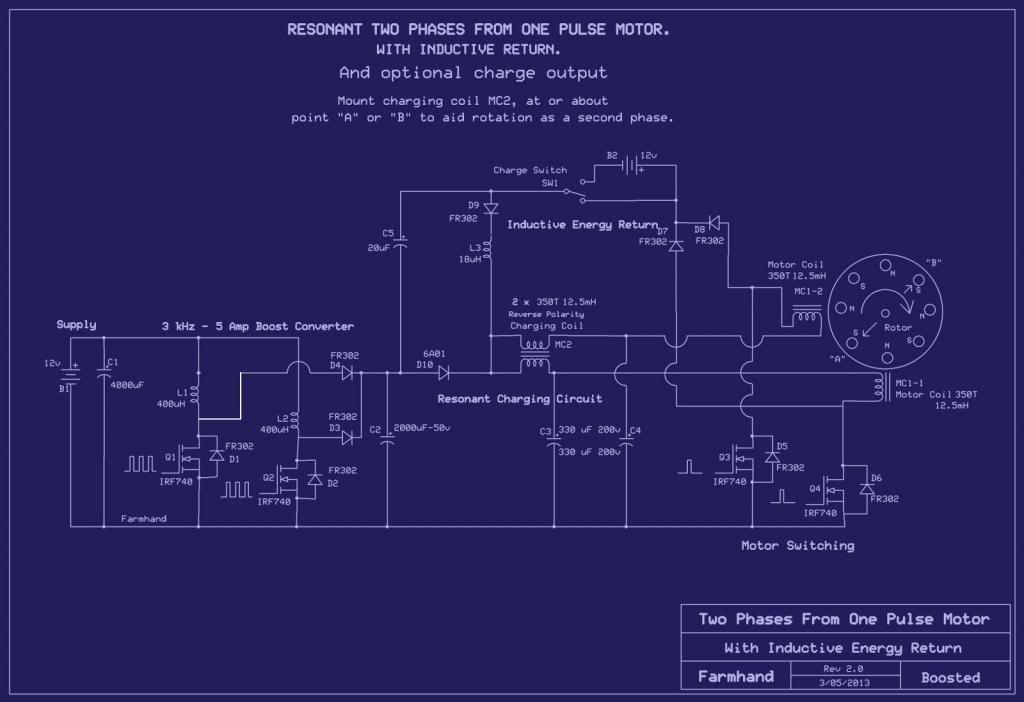
Comment